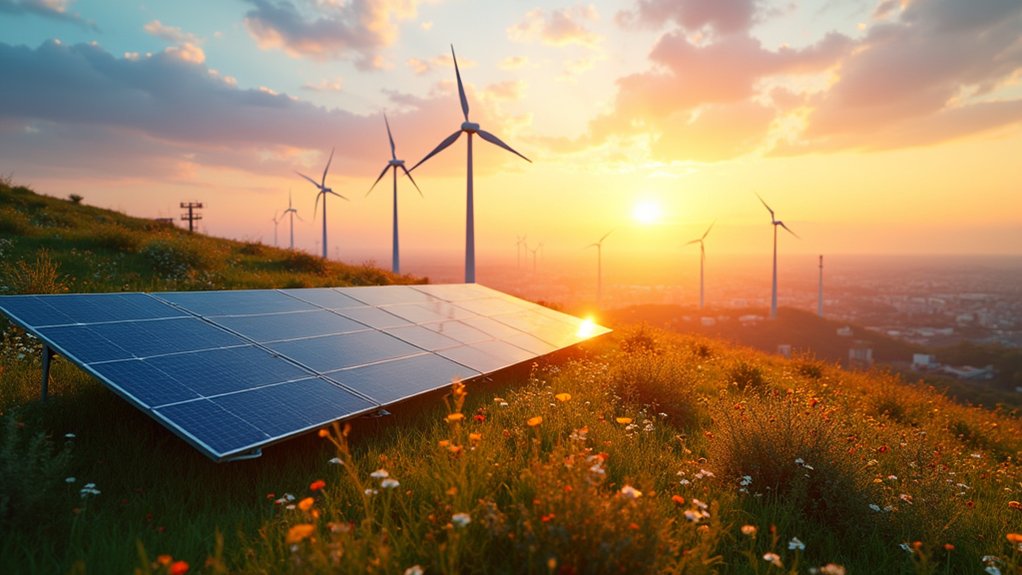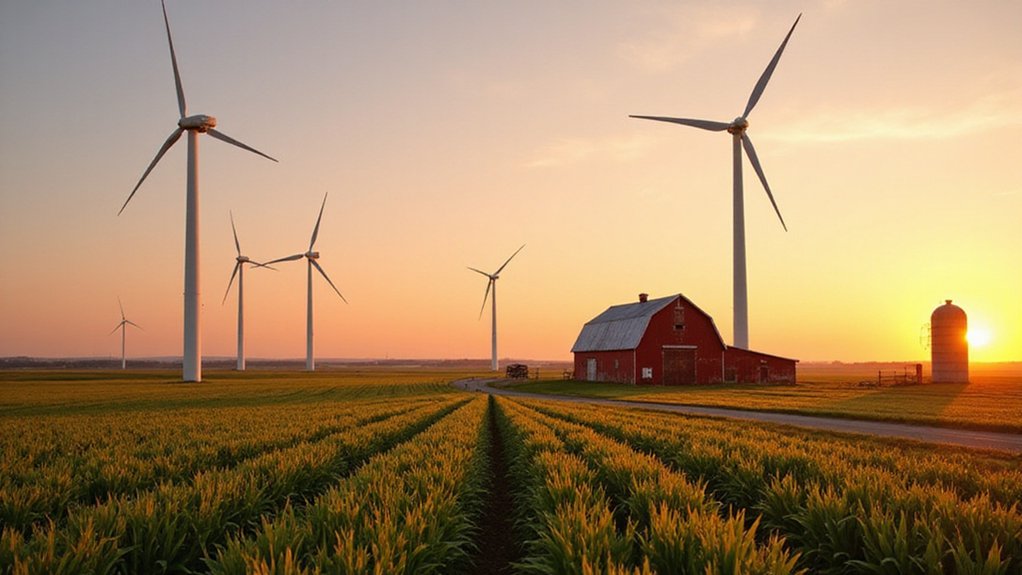Earth Day 2025 aims to unite one billion people under the theme “Our Power, Our Planet.” The global event focuses on tripling renewable energy by 2030. Organizers hope to cross political divides and create momentum for clean energy solutions. “It’s about showing governments and businesses that public demand exists,” says Earth Day Network spokesperson Lisa Chen. The campaign will use digital platforms to track participation and measure impact. Will this massive mobilization actually transform our energy landscape?
As Earth Day 2025 approaches, organizers are preparing for what could be the largest environmental mobilization in history, with over one billion people expected to participate worldwide. Under the theme “Our Power, Our Planet,” this global event aims to unite people behind a common goal: tripling renewable energy generation by 2030.
Earth Day 2025 mobilizes a billion people globally to triple renewable energy by 2030 under “Our Power, Our Planet” theme.
The campaign focuses on bridging political, economic, and social divides to find shared energy solutions. Organizers hope to influence policies, industry decisions, and consumer behavior through grassroots efforts and education. They’re working to stimulate public demand for clean energy choices across the globe.
This ambitious target aligns with UN climate goals and follows impressive renewable energy growth in several countries. China currently leads in wind and solar capacity, with construction projects exceeding those of all other nations combined. Renewable energy has become a powerful economic catalyst, adding $320 billion to the global economy in 2022.
Meanwhile, Kenya generates nearly half its electricity from geothermal sources, and Uruguay produces an impressive 98% of its electricity from renewables.
The United States is making significant investments in solar and wind technologies, boosted by the Inflation Reduction Act. These advancements come as researchers report breakthroughs in battery technology for energy storage and innovations like floating solar panels.
The economic case for renewables has never been stronger. They now generate the cheapest electricity in history. Clean energy investments create jobs and increase economic security, especially in regions facing decline in traditional energy sectors. With proper planning and investment, renewable projects could create hundreds of thousands of new jobs across various sectors.
Environmental benefits are equally impressive, with geothermal power reducing acid rain-causing compounds by 97%. The transition to renewable energy sources is crucial as they emit little to no greenhouse gases compared to fossil fuels.
Next-generation biofuels are also becoming more feasible, with the U.S. having potential to produce up to 35 billion gallons of aviation biofuel yearly by 2050. These advancements could help create carbon-neutral transportation sectors.
Through coordinated policy efforts and technological innovation, Earth Day 2025 organizers believe one billion people taking action together can transform our energy future, ensuring cleaner air, new jobs, and greater climate security for communities worldwide.







